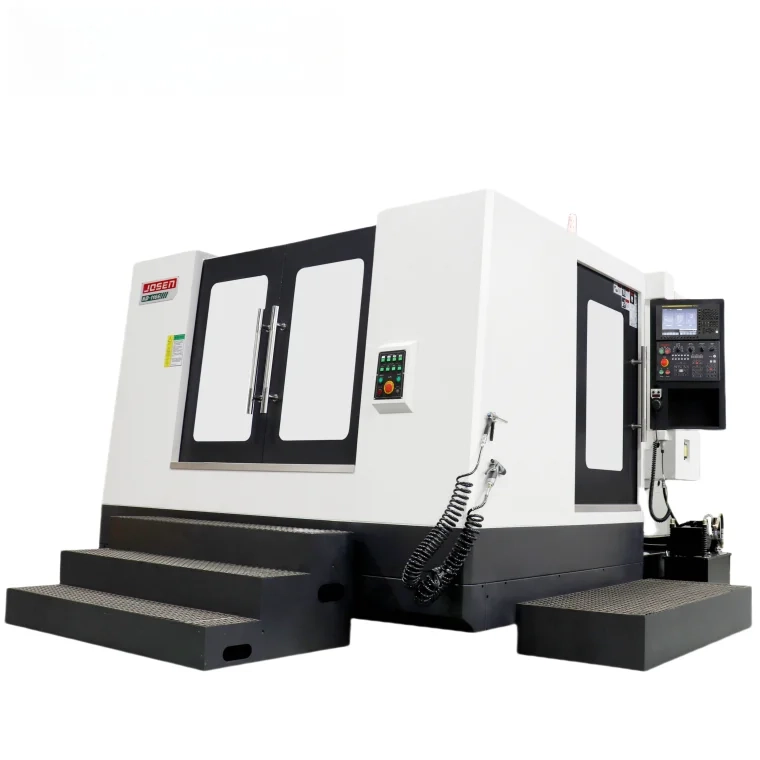Welding in confined spaces presents unique challenges, particularly concerning air quality and worker safety. The process generates harmful fumes, gases, and particulate matter that can pose serious health risks. Therefore, understanding which type of ventilation is most effective in these scenarios is crucial for ensuring a safe working environment. This article delves into the various ventilation methods available, evaluating their effectiveness, practicality, and compliance with safety regulations.
Understanding the Risks of Welding in Confined Spaces
Before exploring ventilation options, it is essential to recognize the hazards associated with welding in confined spaces. The confined environment can lead to the accumulation of toxic gases such as carbon monoxide, ozone, and nitrogen oxides. Additionally, welding fumes can contain harmful metals like manganese, chromium, and nickel, which can lead to long-term health issues if inhaled. Therefore, effective ventilation is not merely a regulatory requirement; it is a critical component of worker safety.
Types of Ventilation: An Overview
Ventilation systems can be broadly categorized into three types: natural ventilation, mechanical ventilation, and local exhaust ventilation (LEV). Each has its advantages and disadvantages, particularly in the context of welding operations.
- Natural Ventilation
Natural ventilation relies on the movement of air through openings such as windows, doors, and vents. While it is the simplest and most cost-effective method, its effectiveness is highly dependent on external weather conditions and the design of the workspace. In confined spaces, natural ventilation may not provide sufficient airflow to dilute harmful fumes, especially if the space lacks adequate openings or if external conditions are unfavorable.
- Mechanical Ventilation
Mechanical ventilation systems use fans and blowers to circulate air within a confined space. This method can be more reliable than natural ventilation, as it allows for controlled airflow regardless of external conditions. Mechanical systems can be designed to either supply fresh air or exhaust contaminated air, making them versatile for various applications.
However, the effectiveness of mechanical ventilation is contingent upon proper design and maintenance. Systems must be appropriately sized and positioned to ensure adequate air exchange rates. Additionally, filters may be necessary to capture particulates, which can increase operational costs and require regular maintenance.
- Local Exhaust Ventilation (LEV)
Local exhaust ventilation is often considered the gold standard for welding operations in confined spaces. LEV systems are designed to capture contaminants at the source, minimizing the exposure of workers to harmful fumes and gases. This method typically involves the use of hoods or ducts positioned close to the welding operation, effectively removing pollutants before they can disperse into the workspace.
LEV systems can be highly effective when properly designed and maintained. They can significantly reduce the concentration of harmful substances in the air, thereby enhancing worker safety. However, they require careful planning to ensure that the airflow is sufficient to capture all contaminants without disrupting the welding process.
Evaluating Effectiveness: Key Considerations
When determining the best ventilation method for welding in confined spaces, several factors must be considered:
- Airflow Requirements: The American National Standards Institute (ANSI) recommends specific airflow rates for welding operations, which can vary based on the type of welding being performed and the materials involved. Understanding these requirements is crucial for selecting an appropriate ventilation system.
- Space Configuration: The layout of the confined space can significantly impact ventilation effectiveness. Factors such as the presence of obstacles, the height of the ceiling, and the location of the welding operation must be taken into account.
- Regulatory Compliance: Adhering to occupational safety regulations, such as those set forth by the Occupational Safety and Health Administration (OSHA), is essential. These regulations often dictate minimum ventilation requirements and the need for monitoring air quality.
- Cost and Maintenance: While initial costs are an important consideration, ongoing maintenance and operational costs should also be factored into the decision-making process. LEV systems, for example, may require more frequent maintenance than natural or mechanical systems.
Conclusion: The Best Choice for Welding in Confined Spaces
In conclusion, while each ventilation method has its merits, local exhaust ventilation (LEV) stands out as the most effective solution for welding in confined spaces. Its ability to capture contaminants at the source significantly reduces the risk of exposure to harmful fumes and gases, thereby enhancing worker safety. However, the success of any ventilation system hinges on proper design, implementation, and maintenance.





+ There are no comments
Add yours